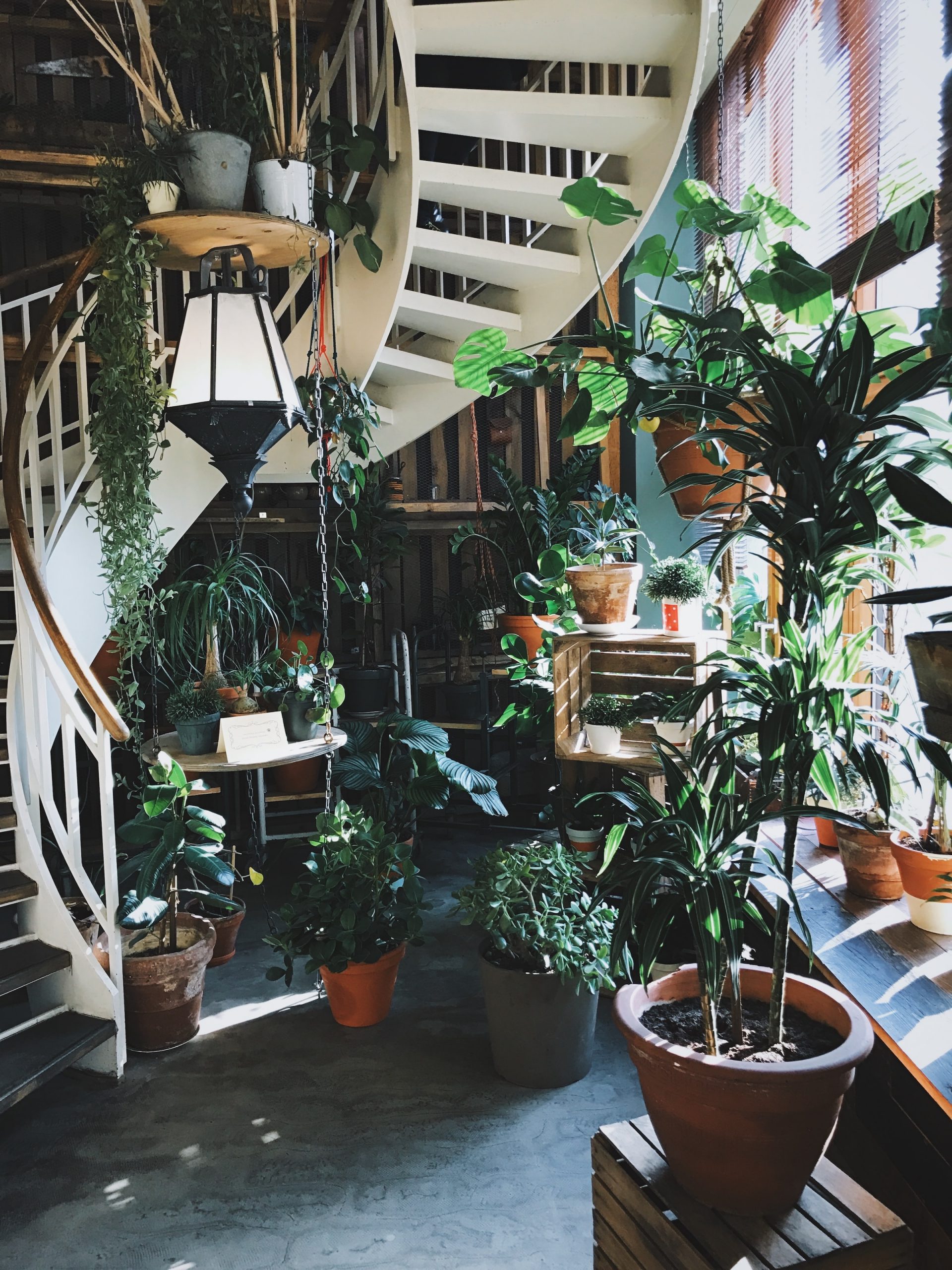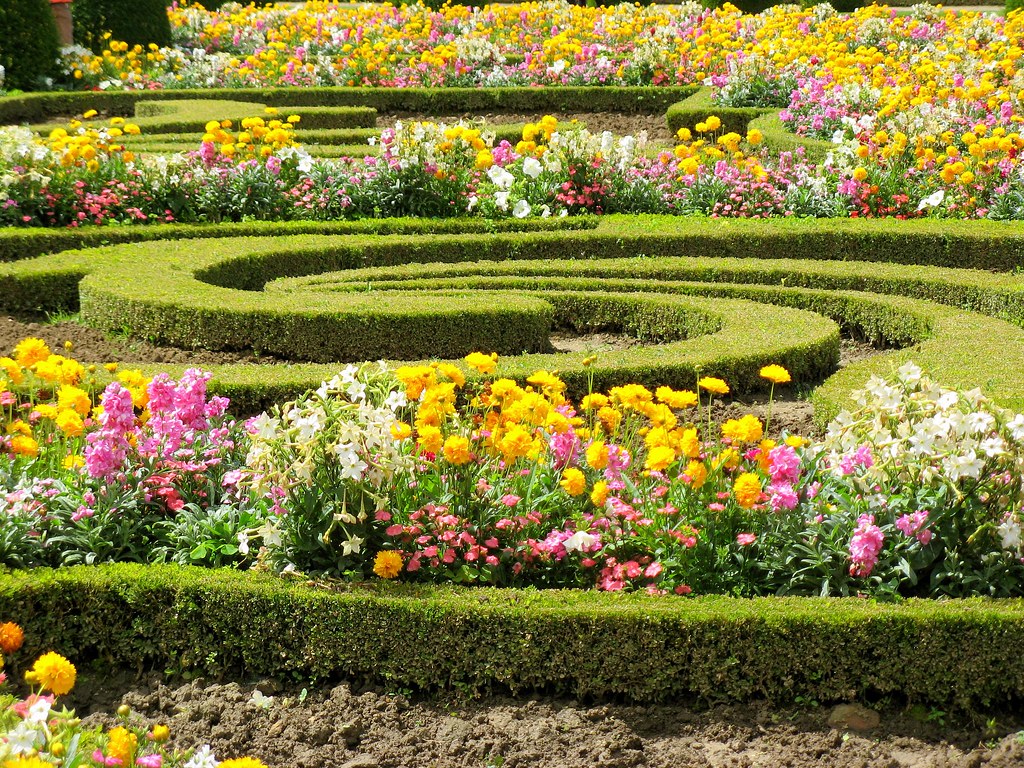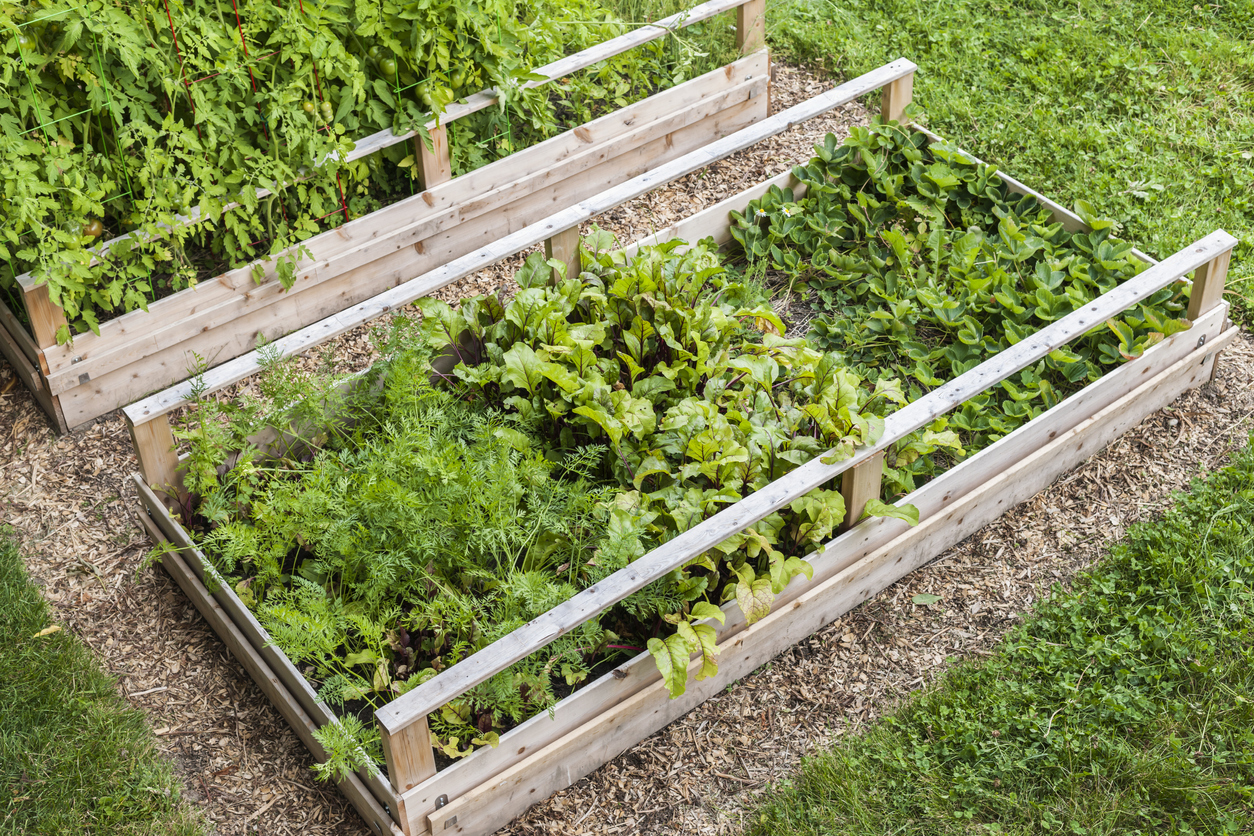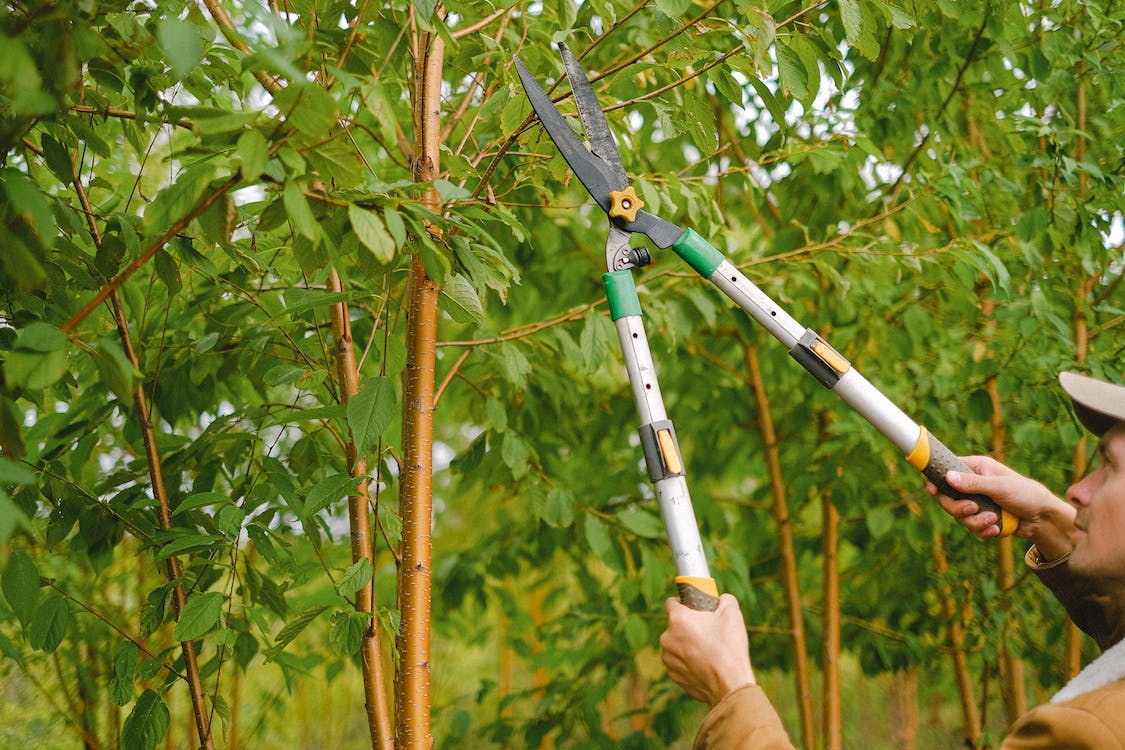Before proceeding with any landscaping work, it is essential to take your time to draw up a design plan, which defines the methods of intervention and the elements to be put in place, such as plants. The latter are, in principle, inseparable from any landscaping project, whether indoors or outdoors. However, simply planting a few plants is not enough for an attractive layout, as certain parameters must be taken into account. Discover them in this article through the following 6 keys.
1. Fill all your empty outdoor spaces with plants
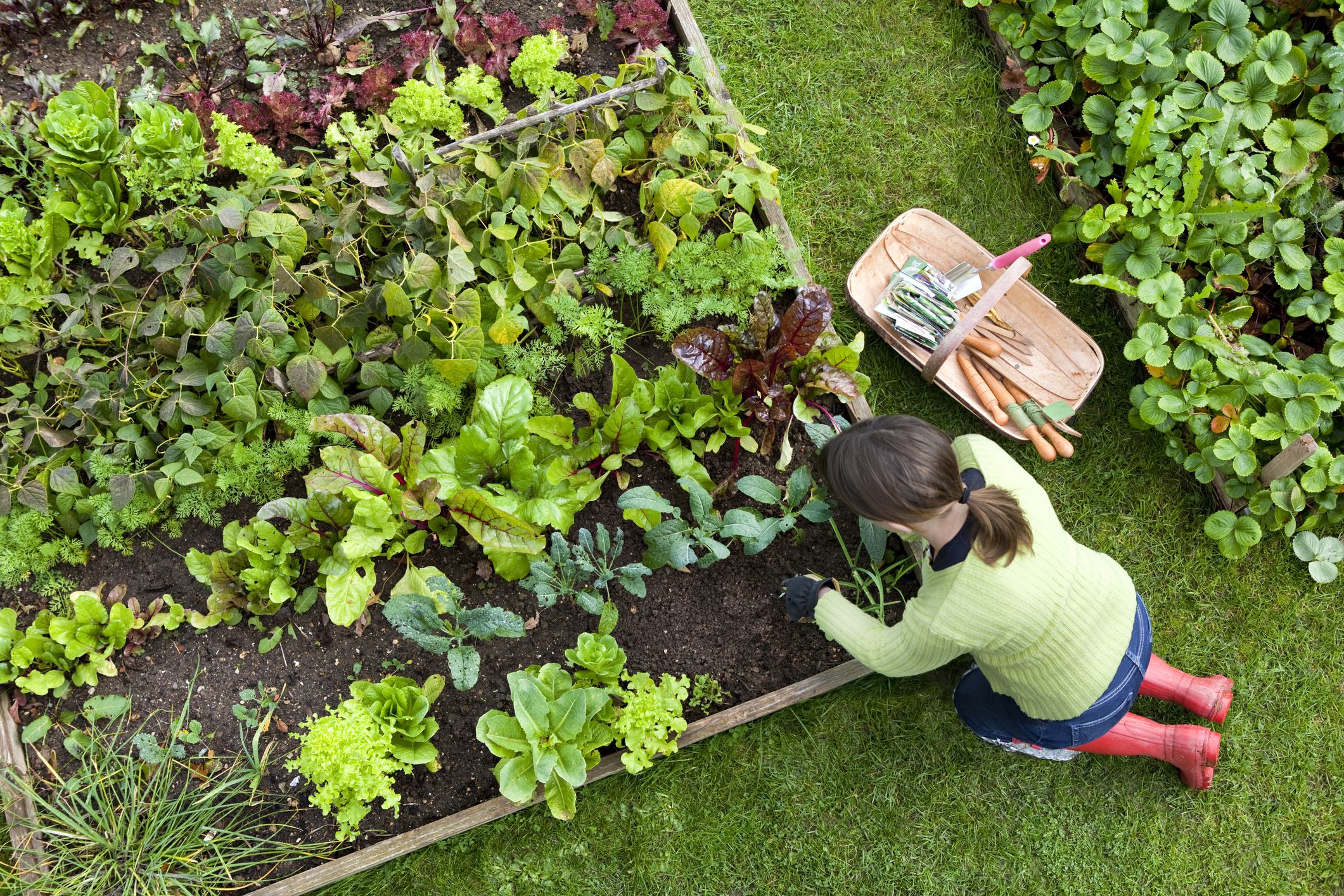
Traditionally, the garden, the terrace, and the balcony are the main outdoor spaces intended to accommodate plants. So, don’t hesitate to decorate them with various plants. But with the evolution of landscaping and the promotion of environmental protection, it is possible to grow plants in unusual places, such as the roof, called “green roof” or green roof terrace. To do this, you need a solid, slightly sloping roof that is watertight and can support the weight of the plants and the different layers of soil that allow for cultivation.
2. Choose plants adapted to your region’s climate
The climate of your region is the most important element for a plant to flourish. In coastal areas, choose plants that are resistant to high temperatures, sea salt, wind, and sandy and stony soil, such as Carpobrotus Rossii, tamarisk, and Elaeagnus. Choose plants that can withstand high altitude and cold in mountainous areas, such as hazelnut trees, bellflowers, and hollies.
3. Provide good living conditions for your plants
A good living environment ensures the proper development of plants and stimulates the appearance of their true natural beauty. The first element of good living conditions is the fertility of the soil. Being the physical support of the crops, the soil must have a depth and a structure that favors the development of the roots, the retention of moisture, and the evacuation of excess water. It must be rich in nutrients, trace elements, earthworms, fungi, and bacteria.
The second element is the need for sunlight, according to 3 classifications: full sun plants that need to be exposed to the sun at least 6 hours a day. There are also semi-shade plants that need at least 4 hours of sunlight per day and shade plants that do not need sunlight.
The third element is respect for the norms concerning the distance between plantations. For plants reaching more than 2 meters high, this distance must be at least 2 meters, while those less than 2 meters high must have a distance of fewer than 0.5 meters between them.
4. Choose a good location
Choosing a location that will not interfere with your house or your neighbor’s house once your plants have grown is important. In other words, choose a location that corresponds to the size that each type of plant can reach. Thus, it is judicious to inquire about its characteristics (its footprint, height, width, and volume of its branches) once it is grown.
5. Play with the colors of the plants
To have beautiful greenery, compose it with several multicolored plants, which will last in all seasons. To do this and to reduce your expenses and tasks, avoid choosing annual plants, as they complete their vegetative cycle in only one year.
6. Vary the types of plants
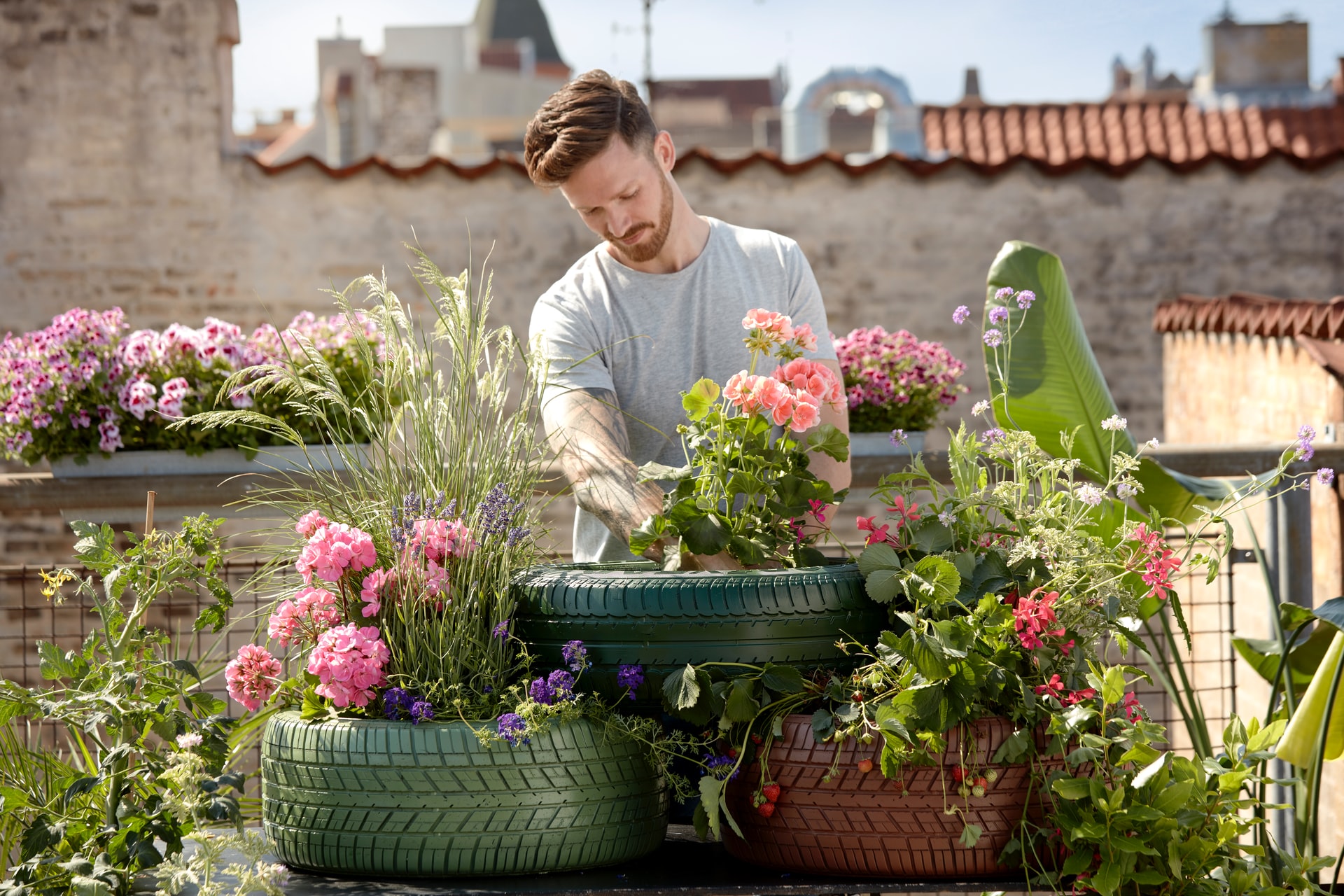
The interest in varying the types of plants is to enhance the overall view of the landscape and to satisfy your needs. To do this, choose plants of different varieties. Ornamental plants allow you to decorate your outdoor space through their foliage and flowering, which appear according to a determined season.
Perennials bloom throughout the year without requiring an annual, biennial, or bulbous crop. Climbing and creeping plants are used to cover your exterior woodwork, hide the defects of your low walls, or increase the degree of concealment of your fence.
The food plants gather the plantations producing fruits or vegetables. Ground cover plants are intended to cover a large area in a uniform manner, such as grass.
Sound off in the comments section below, and tell us what you want to read next and if you want to read more about gardens.
